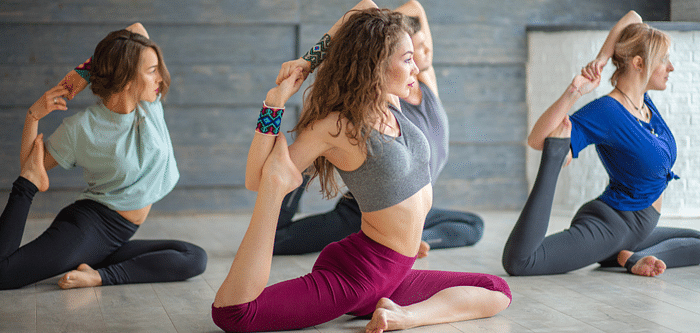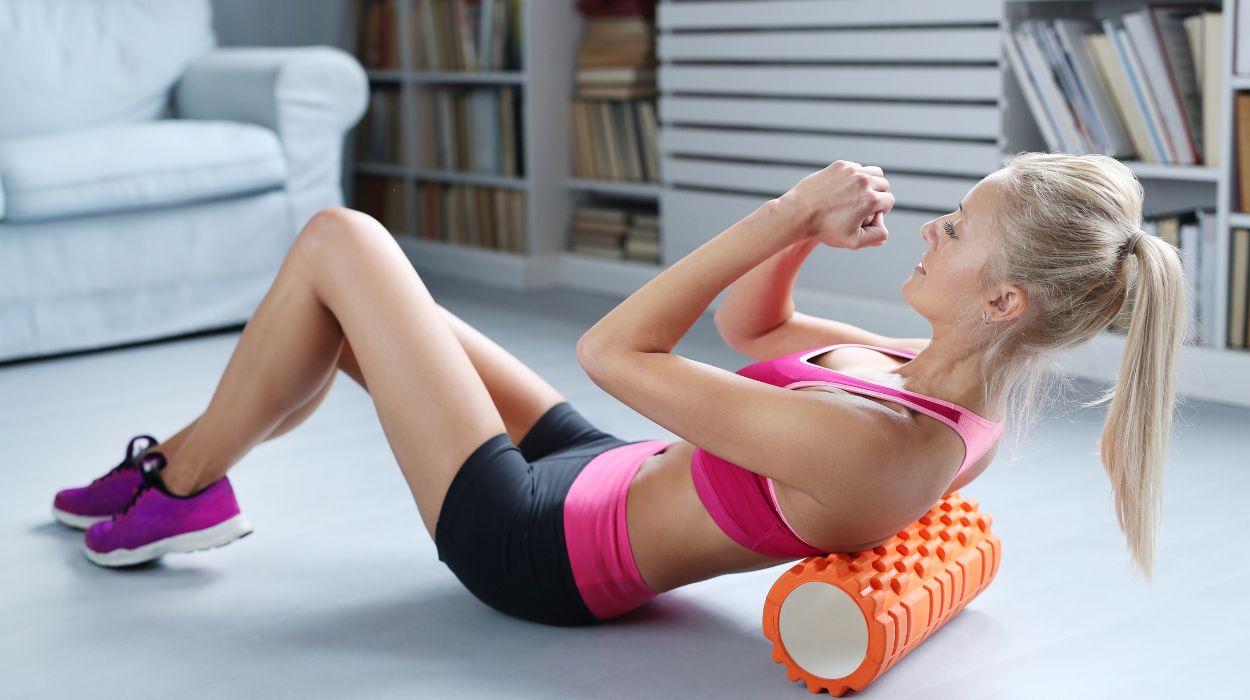Want to get big and fast at the same time? There’s a special method that serious athletes and smart lifters swear by — it’s called contrast training. If you’ve ever watched sprinters burst off the blocks or football players explode off the line and thought, How do they get so strong and so quick? — this is a big part of the secret.
Contrast training is about pairing a heavy strength move with an explosive power move. It taps into a neat trick your nervous system does when it’s fired up by big weight — giving you more speed, more power, and yes, even more muscle in the long run.
So let’s break down exactly what contrast training is, why it works so well, and how to add it to your own workouts safely and effectively.
What is Contrast Training?
Contrast training means you pair two exercises in one superset:
- A heavy strength exercise (like a squat)
- A similar explosive move (like jump squats)
The heavy lift wakes up your muscles and nervous system. The explosive move immediately after uses that fired-up system to move faster and more powerfully.
This trick is called post-activation potentiation (PAP). Think of it as “priming” your muscles for more explosive effort.
Why Does Contrast Training Work?
Here’s why athletes and strength coaches love it:
- You get stronger and faster: Most training is good at building strength or speed, but not both at once. Contrast training does both.
- It hits fast-twitch fibers hard: These muscle fibers are key for power, speed, and size.
- It builds muscle in a new way: Combining heavy lifts with explosive moves creates huge muscle recruitment.
- It breaks plateaus: If you’re stuck squatting the same weight for months, contrast training can help bust through.
Who Should Do Contrast Training?
If you’ve been lifting for a year or more and you know your way around good form, you’re probably ready. It’s especially great if you play sports, sprint, lift for strength, or just want to move like an athlete.
If you’re brand new to lifting, build a base first. Good technique on your big lifts matters more than fancy methods.
How to Structure a Contrast Training Session
Contrast training works best with big compound moves. You’re pairing “heavy” with “fast,” so think big lifts and jumps or throws.
Here’s a basic plan:
- Do your heavy lift: 3–5 reps at around 80–90% of your max.
- Rest 1–2 minutes to recover.
- Do the explosive move: 5–8 reps.
- Rest 2–3 minutes before the next pair.
Do 3–5 rounds for that pair before moving on.
Best Exercise Pairs for Contrast Training
Here are some classic combos:
1. Squat + Jump Squat
- Heavy back squat for 3–5 reps
- Bodyweight jump squats for 5–8 reps
2. Bench Press + Plyo Push-Ups
- Heavy bench press for 3–5 reps
- Explosive push-ups where your hands leave the floor
3. Deadlift + Broad Jump
- Heavy deadlift for 3 reps
- Standing broad jump for distance
4. Trap Bar Deadlift + Box Jump
- Heavy trap bar deadlift for 4 reps
- Box jumps for height
5. Split Squat + Lunge Jumps
- Heavy dumbbell Bulgarian split squat for 5 reps per leg
- Explosive lunge jumps for 6–8 reps
6. Barbell Row + Med Ball Slam
- Heavy bent-over row for 5 reps
- Medicine ball slams for max effort
These pairs work because the power move mimics the same movement pattern as the heavy lift.
A Sample Contrast Training Workout
Here’s how a lower-body focused day could look:
- Warm-Up
- Dynamic stretches, light cardio, hip openers, 5–10 min.
- Pair 1
- Back Squat: 4 sets x 4 reps (heavy)
- Rest 90 sec
- Jump Squat: 4 sets x 6 reps
- Rest 2–3 min
- Pair 2
- Romanian Deadlift: 3 sets x 5 reps
- Rest 90 sec
- Broad Jump: 3 sets x 5 reps
- Rest 2–3 min
- Core/Finisher
- Planks or hanging leg raises
- Light cool down and stretch
How Heavy Should You Go?
For the heavy lift, aim for 80–90% of your 1-rep max — something you can lift with good form for 3–5 solid reps.
The power move should be max effort but not to failure. Quality beats quantity here. You want max speed and power, not fatigue.
How Often Should You Use Contrast Training?
Because it’s intense, once or twice a week is plenty. Many lifters do one lower-body day and one upper-body day.
For beginners to contrast training, try adding just one paired set per workout. Don’t overload your nervous system if you’re not used to this style.
Tips for Success
- Rest matters: The short break between strength and power is key. Too little rest? You’re too tired to explode. Too long? You lose the potentiation effect.
- Warm up properly: Your joints and muscles need to be ready for big lifts and jumps.
- Form comes first: Bad form on jumps is an easy way to hurt knees or ankles.
- Focus on intent: Don’t just “do” the explosive move — do it as fast and powerfully as you can.
- Listen to your body: It’s demanding. If your jumps feel sluggish, your nervous system might need more recovery.
Common Mistakes to Avoid
- Using weights that are too light for the strength lift — you need that heavy lift to trigger the effect.
- Doing the power move too slow — keep it snappy and crisp.
- Using too much volume — more is not always better with contrast training.
- Doing it too often — your nervous system needs recovery.
Can You Build Size With Contrast Training?
Yes! While it’s famous for boosting speed and power, contrast training also drives hypertrophy because you recruit so many muscle fibers and create tons of muscle tension. Just make sure you’re eating enough protein and calories to grow.
Many pro athletes use contrast training in the off-season to build size and keep their explosiveness sharp.
Final Thoughts
Contrast training might sound fancy, but it’s really simple — lift heavy, move fast, repeat. It turns your normal strength workout into an athlete-level performance session that hits all the good stuff: strength, speed, power, and muscle.
If you’re stuck on a plateau, bored with basic lifts, or want to move and look like an athlete, give it a try. Pick one or two good pairs, focus on quality, and watch your body get stronger, faster, and more powerful.
Ready to add some real pop to your lifts? Grab the bar, hit that heavy squat, then launch off the ground like you mean it.










